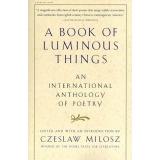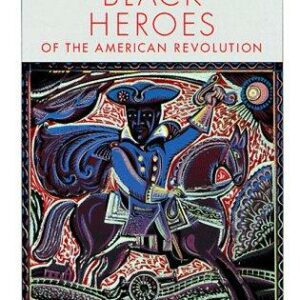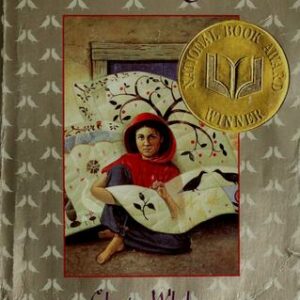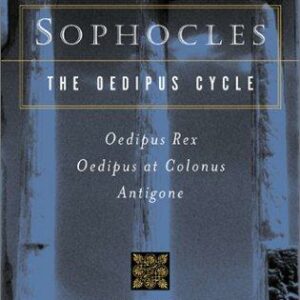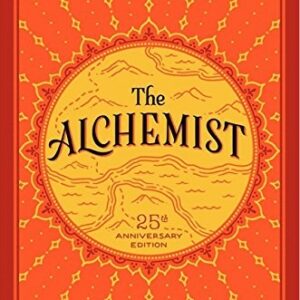Visioning Israel-Palestine
$39.95
| Title | Range | Discount |
|---|---|---|
| Trade Discount | 5 + | 25% |
- Description
- Additional information
Description
Visioning Israel-Palestine strives to cultivate recognition of the part that cultural products have played in the duplication of the Israeli-Palestinian conflict. While this conflict is one of the longest-lasting struggles over land and human rights in recent history, politicians and the media have largely reduced it to a series of debates over historical facts and expressions of violence. Its persistence, however, has also led to the manufacture of cultural products that challenge understandings of the conflict as a fight between two distinct peoples unified against each other. The wide range of international contributors to the volume analyse the content of such products alongside the work that they do within Israel-Palestine and in the Jewish and Palestinian diasporas. Considering Israeli and Palestinian films, art installations, street exhibitions, photographs and oral histories, Visioning Israel-Palestine expands the conflict’s historical imagination and nurtures suitable cultural conditions to revitalize the Israeli-Palestinian peace process. Gil Pasternak is Reader in Social and Political Photographic Cultures in the Photographic History Research Centre (PHRC) at De Montfort University, United Kingdom. A member of the advisory board for the journals Photography & Culture and Jewish Film & New Media, earlier in life he worked as a photojournalist, photography archivist and fine art photographer.
List of Illustrations Acknowledgements Series Preface-New Encounters: Arts, Cultures, Concepts Griselda Pollock Introduction: Encounters at the Cultural Boundaries of Conflict
Gil Pasternak PART I: PRODUCTS OF CONFLICT 1 A Country as a Map of Itself: On the Historical, Cultural and Theoretical Rendering of Palestine in Sobhi al-Zobaidi’s Part-ition (2008)
Abdul-Rahim Al-Shaikh 2 Laughter ‘In Between’ Time: Temporality, Iconography, and the Burden of Proof in Palestinian Art After Oslo
Chrisoula Lionis 3 Impossible Intimacies: Towardsa Visual Politics of ‘Touch’ at the Israeli-PalestinianBorder
Anna Ball 4 Dreams or Nightmares: The Artworking of Return in And Europe will be Stunned (2007–11) by Yael Bartana (with Slawomir Sierakowski)
Griselda Pollock PART II: PRODUCTS IN CONFLICT 5 Scandal! Images, Discourses, and the Image of Discourse that ‘Hurt People’s Feelings’
Rhoda Rosen and Sander L. Gilman 6 Showcasing Conflict: Notes and Observations on Photographic Representation in Israel and Palestine
Huw Wahl 7 Visibility, Photography, and the Occupation: The Case of The Activestills Collective
Simon Faulkner 8 At Home with ‘Palestine’: Performing Photographs of the West Bank in Israeli Households
Gil Pasternak 9 Postmemory and Oral History: Intergenerational Memory and Transnational Identity in Exile
Ihab Saloul Appendix Invention, Memory, and Place
Edward W. Said Notes Bibliography List of Contributors Index
“This rich volume introduces the inspiring neologism “visioning” to make the hyphen between Israel-Palestine a sign of bonding and correlation instead of its common perception as a sign of distance and separation. Chapter-by-chapter it brilliantly demonstrates Gil Pasternak’s conviction that the arts matter to the future of Israelis and Palestinians – a conviction which I share.” —Mieke Bal, University of Amsterdam, the Netherlands“This innovative volume draws on a wide range of aesthetic sources to show how cultural products can review and reframe the Israeli-Palestinian conflict. We can then see that visual art, broadly understood, not only engages past trauma but also opens up possibilities for a more peaceful future.” —Roland Bleiker, University of Queensland, Australia“The title of this remarkable collection telegraphs its fundamental message. A hyphenated “state” (in the sense of an actual condition rather than a political entity) already exists in Israel, Gaza, and the West Bank. This state is a fragmented jigsaw puzzle of cooperation and conflict, inequality and co-presence that eludes all one-sided nationalist narratives, most notably the long-imagined “two state solution” which now belongs in the dustbin of history. Focusing on “cultural products” (images, texts, exhibitions, films, and stories), Visioning Israel-Palestine provides an account of contemporary experiences and encounters that promise to assemble this puzzle as a compellingly legible mosaic.” —W. J. T. Mitchell, University of Chicago, USA“The refreshing premise of this volume is the recognition that there exists an interculturality within Israeli and Palestinian works of art based on the conflict they share. … Visioning Israel-Palestine succeeds in making clear that art and culture will remain central in chipping away at the ossified dash that has bound ‘Israel’ and ‘Palestine’ in conflict for over half a century.” —Burlington Contemporary
Additional information
| Weight | 1 oz |
|---|---|
| Dimensions | 1 × 156 × 9 in |


